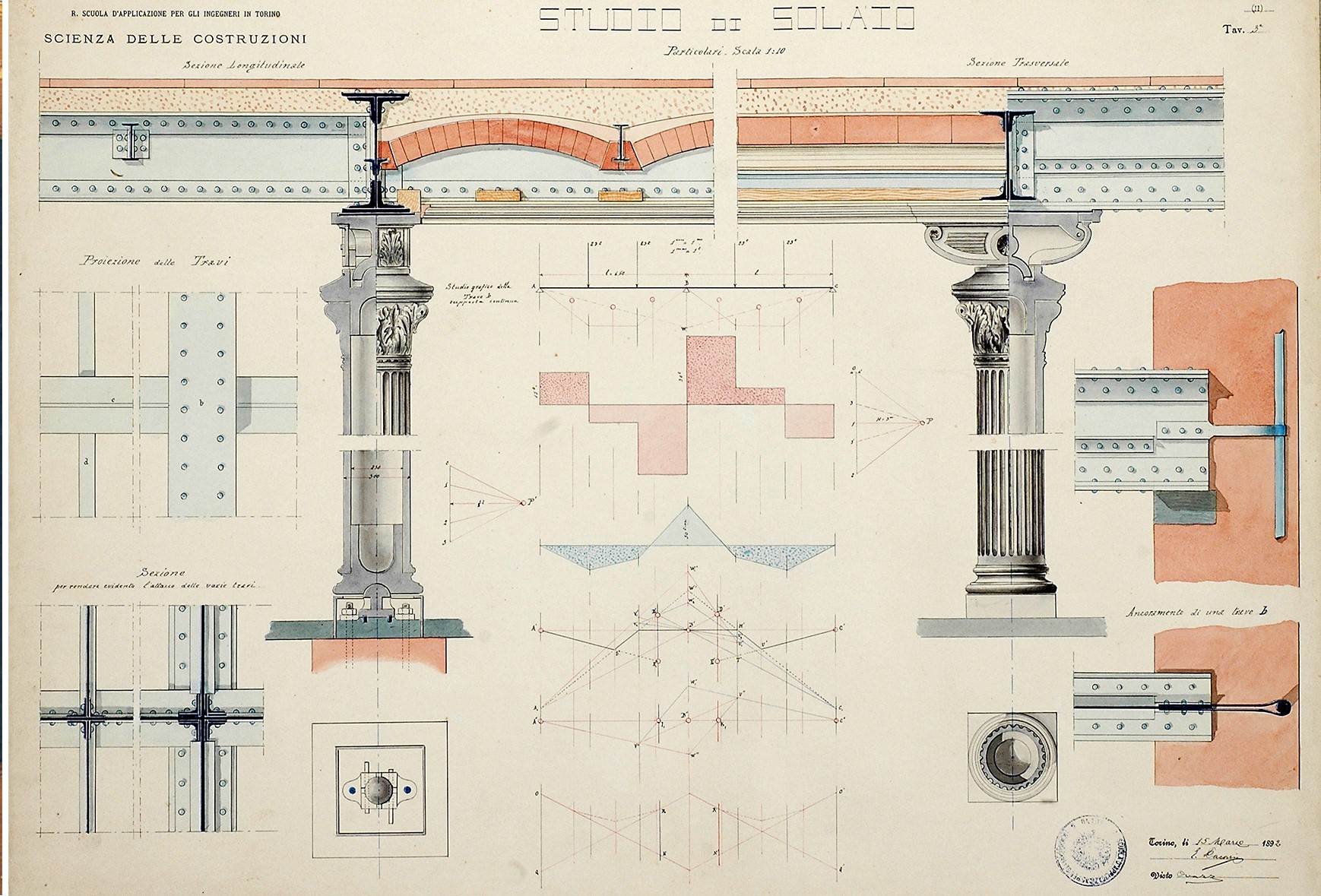Tra teoria e pratica del costruire in cemento armato. L’esperienza politecnica torinese agli esordi del XX secolo
Agli albori delle prime fasi applicative dei sistemi strutturali in cemento armato la Scuola d’Applicazione per gli Ingegneri di Torino si rende interprete della cultura del proprio tempo grazie all’attività didattica, scientifica e sperimentale svolta tra le sue mura dall’ingegnere Camillo Guidi (1853-1941), docente di Statica Grafica, Scienza delle costruzioni e Teoria dei ponti presso l’Ateneo piemontese per quarantasei anni e primo promotore teorico della nuova tecnica a livello nazionale. La rilevanza della sua attività risiede nel pensiero tecnico e scientifico che nel passaggio dal secolo lungo al secolo breve consente lo sviluppo della meccanica strutturale e la risoluzione dei più complessi problemi costruttivi da cui scaturiscono gli archetipi di quella nuova architettura – figlia del progresso industriale, tecnico e scientifico – che tra gli anni quaranta e sessanta del Novecento raggiungerà i vertici del successo internazionale. Dalle aule della Scuola torinese le teorie sono riversate nel laboratorio sperimentale del castello del Valentino e da qui, negli studi tecnici e nelle imprese costruttive, per poi confluire nei cantieri.
Between Theory and Practice of Reinforced Concrete Constructions. The Experience of Politecnico di Torino at the Beginning of the 20th Century
At the dawn of the first application stage of the reinforced concrete structural system, the Turin Scuola d’Applicazione per gli Ingegneri becomes an interpreter of the culture of its own time, thanks to the educational, scientific and experimental activity carried out within the School walls by engineer Camillo Guidi (1853-1941), professor of Graphic Statics, Construction Science and Theory of Bridges at Turin University for forty-six years and the first to promote the theory of this new technique at a national level. The relevance of his activity lies in the technical and scientific thought that, in the passage from the Long 19th Century to the Short 20th Century, allowed the development of structural mechanics and the resolution of the most complex building problems that gave origin to the archetypes of this new kind of architecture – fruit of industrial, technical and scientific progress – that, between the 40s and the 60s of the 20th century, reached the peak of international success. From the classrooms of the Turin School, these theories flowed into the experimental laboratory of the Castle of Valentino, and from here to the offices of building firms and to building sites.

Quest'opera è distribuita con Licenza Creative Commons Attribuzione - Non commerciale - Condividi allo stesso modo 3.0 Italia.









